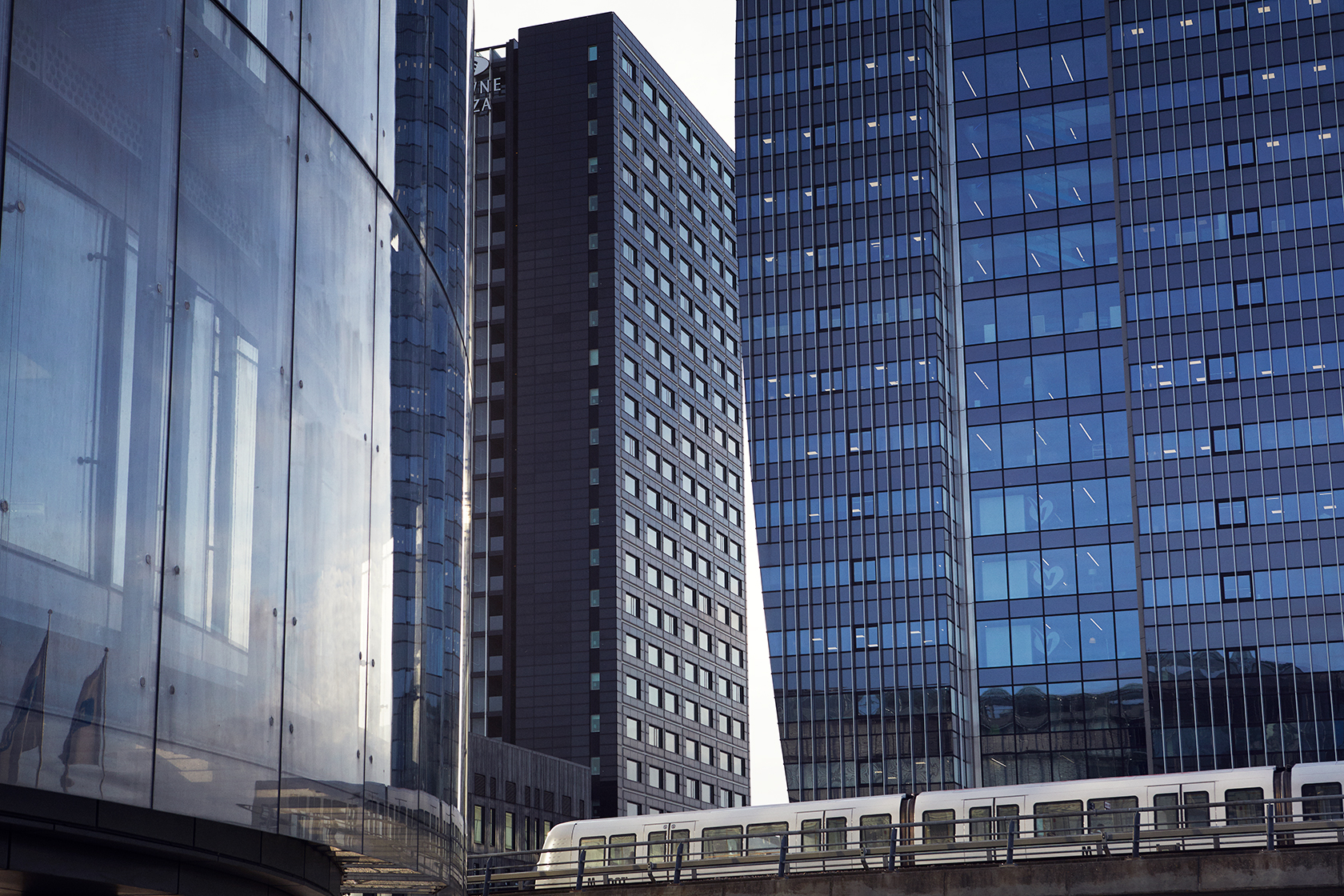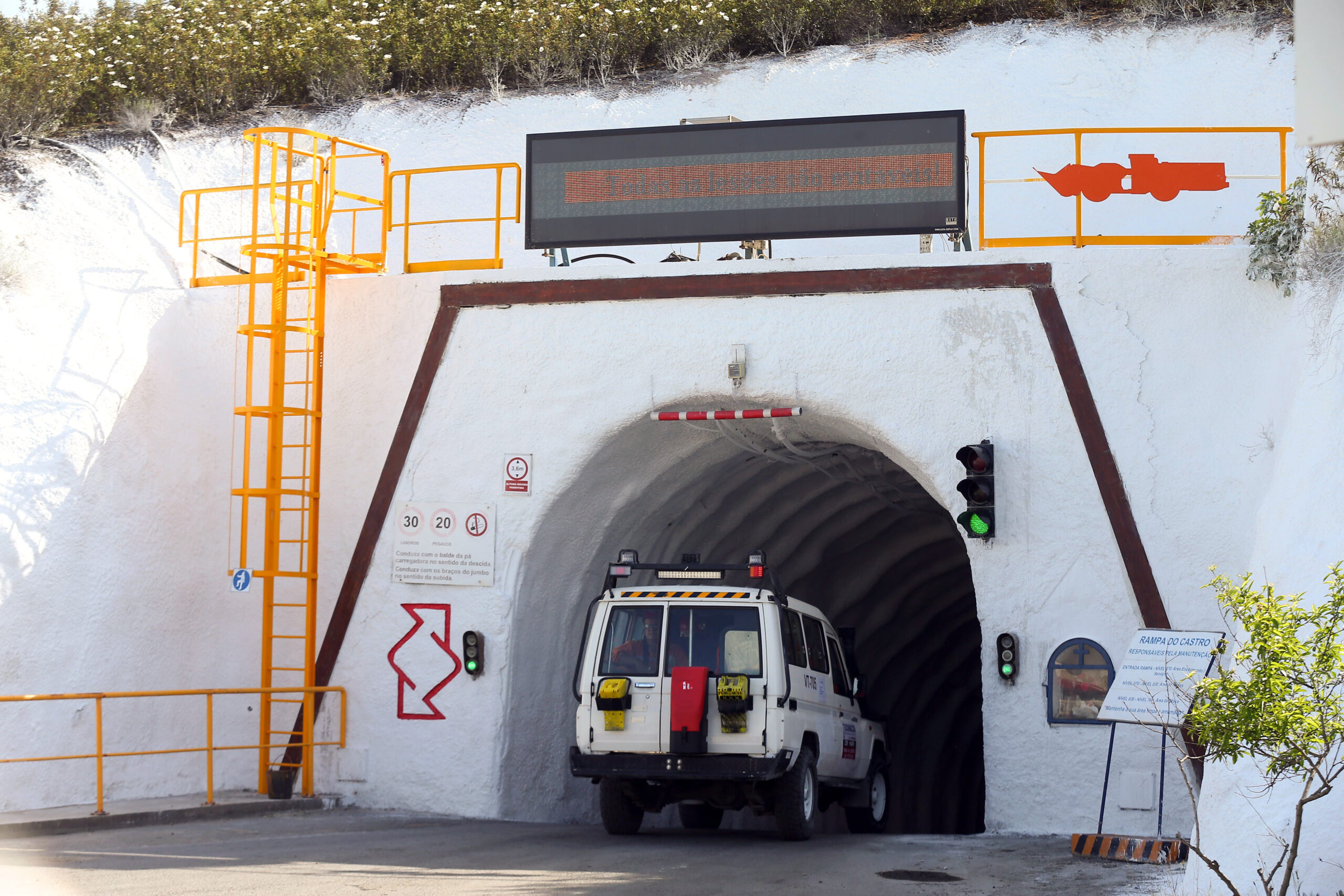
To anyone that has ever visited Denmark’s picturesque capital Copenhagen, it is immediately clear why the city makes a regular appearance in the top ten positions of Mercer Consulting’s annual ‘Best Cities for Quality of Living’ survey. 2019 was no different, with the city of Hans Christian Andersen coming in as the 7th most livable city on the planet.
Copenhagen is no ordinary city. Across any one of a number of indicators, from economic and environmental to health and public services, it features among the best in the world. It will come as no surprise then, that the city authorities places a keen emphasis on a world class transport system to ferry everyone around as safely and efficiently as possible.
This is the task thrust upon Copenhagen Metro, the city’s rapid transit system since 2002 and currently undergoing expansion as part of a massive investment being made by the Danish government to update the city’s transport infrastructure: the Cityringen Project. Might this be the final piece of the jigsaw for Copenhagen to become the world’s most livable city?
Overview
The origins of Copenhagen’s metro system go back to 1992, when the Ørestad area of the city was being developed and the area’s transport infrastructure was being proposed. Several alternatives were put forward, including a tram and light rail system, before a light rapid transit system was chosen, based on a number of criteria considered.
After the initial concept planning phase, construction began in 1996, and operations commenced six years later in 2002. Further phases were added in the following five years, resulting in a two-line system spread of total length 20.4 kilometres and 22 stations, of which nine are underground. The metro carries over 64 million passengers per year.
The 34 trains owned by Copenhagen Metro, each of three cars, serves the city’s residents 24 hours a day, seven days a week. It is also fully electric and driverless, making it one of the most efficient systems of its kind in Europe. Furthermore, plans are well underway to double the size and capacity of the system through the delivery of three new lines.
Cityringen
In September 2019, the Cityringen project is expected for completion - a circular line which transects the other lines in the system, introducing 17 new stations and two 17.4 kilometre-long tunnels. The two lines which constitute Cityringen, lines 3 and 4, are expected to more than double the passenger numbers of the Copenhagen Metro.
As with that of the other lines, the construction of Cityringen was a testament to state-of-the-art engineering. Copenhagen is a city on the banks of the Baltic Sea and located at sea level, posing enormous technical challenges for a project of these parameters. Furthermore, works had to be carried out in built-up city centre areas with as little disruption as possible.
Most importantly, Cityringen integrates as much of the existing transport infrastructure as possible, allowing travelers maximum ease of utility. For example, the northern section of the line joins with Nordhavn, a commuter town, and runs through Copenhagen Central station all the way to commuter towns [in the south. This also creates an interface with the bus system and regional train network.
In total, investment in the project is estimated at around 21.3 billion Danish Kroner (approximately US$3.2 billion), but that outlay was seen as crucial if Copenhagen is to take more drivers off the roads and deliver on its promise of becoming a carbon-neutral city by 2025, becoming just the second capital city in Europe to do so, after Edinburgh. Sustainability is clearly worth investing in.
Sustainability
Copenhagen Metro is just one component - albeit a central one - that forms part of a much larger drive towards sustainability in the city. For example, Danes are keen cyclists (Copenhagen’s bikes outnumber its cars) and by taking cars off the road, the metro’s mere existence means the city becomes more cyclable in terms of space, air quality and safety.
The space which might otherwise have been used overground by a tram system, or more roads, has also been given over to trees. Over 40,000 trees have been planted in the city over the past decade and this is set to rise to 100.000 in the years ahead. This has also coincided with a planned reduction by 2-3% per year of parking spaces within the city confines, incentivizing drivers to get out of their cars and onto the metro.
Partners and Suppliers
As always with the firms being profiled by Business Excellence, there are a range of partners and suppliers who work diligently behind the scenes, carefully curated to ensure the very best service is delivered consistently. Denmark’s rich engineering heritage (a Copenhagen architect/engineer team was behind the Sydney Opera House at a time when most said it was impossible to construct) also means that most of its partners and suppliers are Danish.
The list includes Per Aarsleff A/S, an infrastructure construction specialist; SIKA Danmark, Scheller, Zacho-Lind A/S, Haugaard & Petersen A/S and Barslund A/S, a quartet of Danish construction firms; Cramo A/S, a Swedish lift and elevator company; DSV, a British logistics firm; and the list is rounded out by a German and a Swiss firm - Tuv Rheinland inter traaffic GMBH and Renesco AG - respectively operating on the technical side of controls for the trains and the extensive tunneling operations required at Cityringen.
Further Plans on the Horizon
Lines 3 and 4 of Cityringen will open shortly and be followed by further extensions of line 4 in 2020 and 2024. One of these extensions will feed into a new regional rail transport hub at the Ny Ellebjerg station, allowing passengers to take advantage of long-distance rail and even a mooted high speed connection running north to south in the country.
Metro Copenhagen is an excellent project for an excellent city. In the mid-nineteenth century Denmark’s most celebrated writer, Hans Christian Andersen wrote: “to travel is to live.” How fitting that Metro copenhagen should be breathing life into his wonderful city almost 200 years later.
DOWNLOAD
 CopenhagenMetro-Oct2019.pdf
CopenhagenMetro-Oct2019.pdf
















